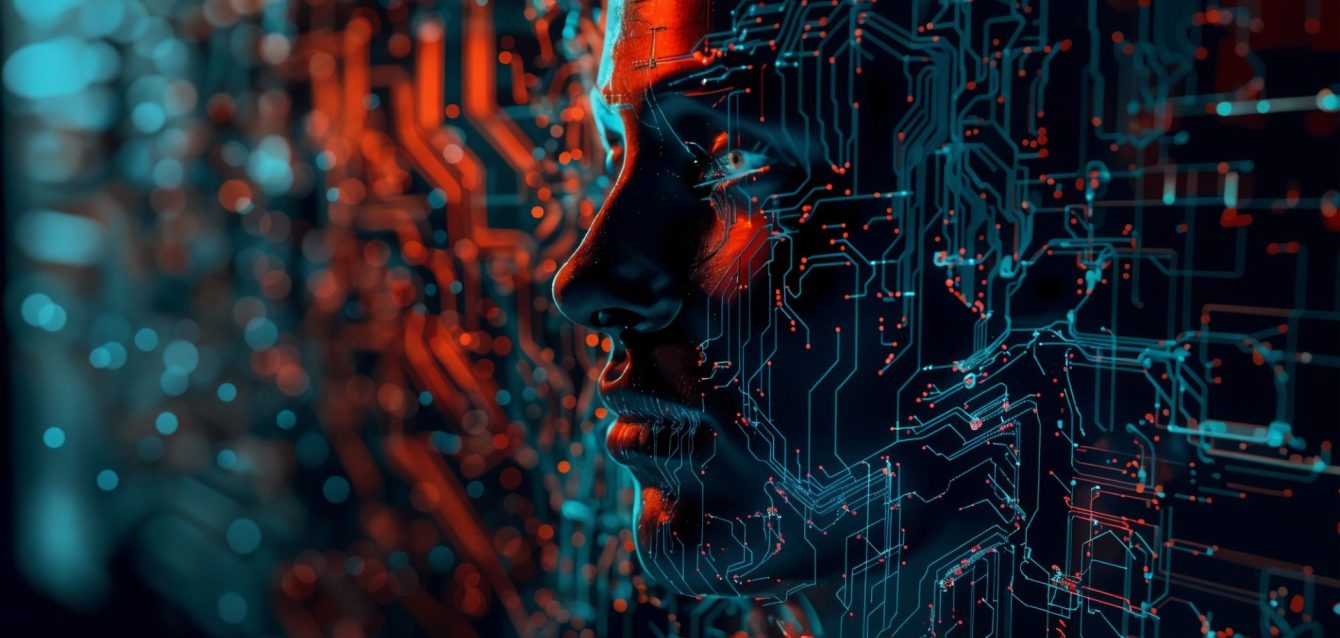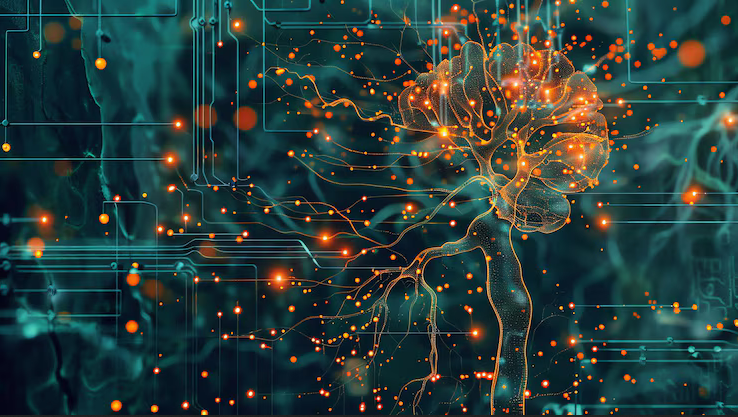
Deep Learning
Let’s start by stating one of the reasons why deep learning is so important:
Prior to the advent of deep learning, for decades, working with machine learning systems required a specialist to perform feature extraction in the traditional (manual) way. However, it was a time-consuming, difficult, and complicated task; Also, the possibility of making mistakes was an important issue.
With the advent of deep learning, a revolution took place ,because deep learning turned raw data into vectors and fed it to the network without the need to manually extract properties. Deep learning models learn by continuously analyzing data and discovering complex structures in the data.
Finding a tool that can do these things easily and without complexity is not an easy task. Bigpro1 is one of the most important tools for doing online and offline deep learning, which has been provided to users with the lowest cost and a convenient experience with the tools.
One of the tools to do online deep learning is Bigpro1. Login to Bigpro1, enter data mining dashboard, when you upload your dataset and select the target column, you will be sent to the section related to machine learning, there you can easily start your process by selecting the deep learning algorithm. Of course, this can also be done automatically using automated machine learning algorithms in the Bigpro1.

Deep learning is a subfield of machine learning. Inspired by the structure and function of the human brain called artificial neural networks, the algorithm teaches computers to cluster data and predict it with incredible accuracy.
Deep learning is an important element of data science that includes statistics and modeling. Deep learning models can achieve advanced accuracy, which sometimes goes beyond human-level performance.
The more deep learning algorithms learn, the better their performance. Deep learning trains the computer to perform human tasks such as speech recognition, image recognition, and prediction.
Deep learning is scientifically a subset of machine learning. In other words, deep learning is a specialized form of machine learning and has a similar function; But their capabilities are different.
In machine learning, the data is transmitted manually, while deep learning relies on artificial neural connections. Feature extraction and modeling steps are done automatically and do not require human intervention.
Machine learning programs are simpler than deep learning algorithms and can run on conventional systems, but deep learning systems require much more powerful hardware and resources.
Machine learning systems can be set up quickly but will yield limited results, while deep learning systems take longer to set up but can be completed much faster.
Deep learning has a high degree of recognition accuracy and performs better than humans in some tasks such as classifying different images. This algorithm is capable of processing a large number of features, so it performs very well when dealing with unstructured data.
One of the reasons Deep Learning is so popular is that it works so well in many important applications (object recognition, speech recognition, computer vision). In addition, it (to some extent) automates the task of extracting features.
Intelligent digital assistants such as Alexa, Siri and other audio applications support natural language processing. These devices receive voice commands and convert them to text. With Deep Learning becoming more efficient, advances in natural language processing (NLP) are happening rapidly.
The process of deep learning is similar to the process that an immature child goes through to identify pets.
Artificial neural networks attempt to mimic the human brain by combining a number of data inputs and other factors.
These elements work together to accurately identify, classify, and describe objects in the data.
Deep learning can lead to predictive systems that are well-generalized, well-adapted, and constantly improved by the arrival of new data.

Various deep learning techniques have empowered machines to the point where, inspired by the neural network of the human brain, they can learn their tasks. There are many types of deep learning models that, due to their high accuracy, can deal with problems that are very complex for the human brain. Here are some of them:
Convolutional neural networks:
CNNs, also known as ConvNets, are an advanced, high-potential version of the classic artificial neural network model used for image processing and object recognition.
Recurrent neural networks (RNN):
RNNs use the knowledge they have already acquired as input for new predictions. Frequent neural network applications include natural language processing, machine translation, handwriting recognition, and more.
Generative adversarial networks:
GANs are deep learning generating algorithms that generate new data samples similar to training data. This algorithm is a combination of deep learning and neural networks. When generator provides synthetic data, discriminator distinguishes between true and false data. Applications of GANs include assisting with new drug discovery processes, rendering 3D objects, enhancing image quality, creating human face images, creating realistic images, and cartoon characters.
Self-organizing maps:
SOMs make data visualization possible by using self-organizing artificial neural networks to reduce the size of the data, reducing the number of random variables in a model. Self-organizing maps are used to help consumers understand multidimensional data, creative projects in music, video and text with the help of artificial intelligence.
Restricted Boltzmann Machines:
Restricted Boltzmann Machines (RBMs) are random neural networks. Because they are random, they cannot be predefined. These networks can learn from the probability distribution in a set of inputs.
This deep learning technique is used to generate model parameters, monitor the system, and analyze specific data sets.
Virtual Assistants:
Apps like Apple, Siri, Alexa, and Amazon are virtual assistants that use deep learning to understand and recognize users’ speech and language when using these apps.
Transportation:
Vehicles using Deep Learning can perceive and respond to traffic signs and roadblocks in the middle of the road. The more vehicles engage in deep learning and the more algorithms they receive, the more accurately they can, like a human being, understand the realities of driving and move accordingly. Using predictive software, it is possible to be aware of possible vehicle breakdowns and make scheduled repairs to prevent problems and reduce operating costs.
customer services:
Many companies and organizations use deep learning in providing customer service. Chat bots used in services and service systems are a simple form of artificial intelligence. These robots can intelligently answer a large number of audio and text questions. Chatbots, through deep learning determine whether there are multiple answers to vague questions. Accordingly, the chatbot tries to answer questions or refer to a human user.

